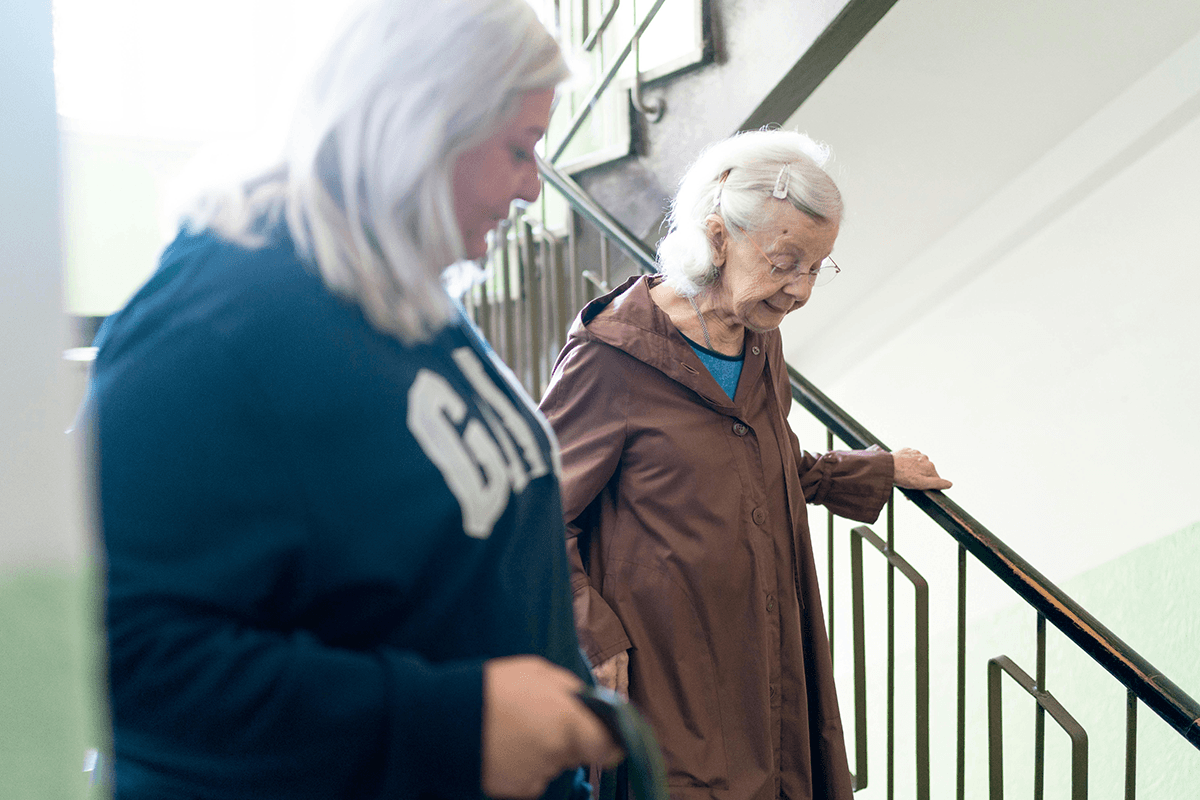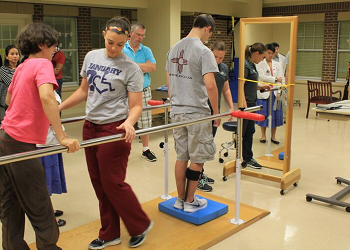Self-care for the caregiver

When a person is diagnosed with a cognitive impairment due to Alzheimer’s disease or another chronic condition, it changes daily life for that individual, as well as the lives of their close family members or loved ones who may begin caring for them.
Dr. Mary Kenan, assistant professor of neurology in the Alzheimer’s Disease and Memory Disorders Center at Baylor College of Medicine, said that she typically works with patients from diagnosis to their death, and families are a large part of that work.
November is National Alzheimer’s Awareness Month and National Family Caregivers Month, highlighting the important role of family and loved ones in caring for people with chronic illness.
According to the National Hospice and Palliative Care Organization, caregivers are people who are responsible for another person’s comfort and personal care. Personal caregiving activities include helping an individual do what they are no longer able to do themselves.
Caregiver activities can include bathing and grooming, laundry and help with dressing, food shopping and preparation, housekeeping, managing medications, transportation, companionship and emotional support and mobility assistance.
“Caregivers are an important part of a patient’s care, especially if the condition is progressive. If someone lives with a progressive disease over the course of eight-to-15 years, they need someone who is going to help them go about their daily business and ensure their safety and wellbeing,” Kenan said. “These are people who step into a very long-term caregiving role, especially with Alzheimer’s.”
It’s important that caregivers take care of their own health, as well as the individual they care for.
“The disease evolves over time, and care needs intensify. It’s everchanging,” she said. “With some caregivers, they leap into the role of information gathering while some others have cared for relatives before with the condition so they have some experience.”
According to the U.S. Bureau of Labor Statistics, 59% of the 37.1 million eldercare providers in the U.S. (over the age of 15) are women. Women between the ages of 45 and 65 are the most likely to be caregivers, and 61% of this population has a full- or part-time job.
“For some caregivers, the act of caregiving becomes part of their identity,” Kenan said. “Because it holds such meaning and purpose, they can start to overlook that they’re also their own caregiver. They deprioritize themselves to meet the needs of their loved one.”
Some people gravitate toward being a caregiver while others feel obligated to do it; some people may feel forced into the caregiving role, especially if they have a difficult relationship or past with the person they will care for.
Mindfulness and adaptability are two keys for self-care and caring for someone else. A person who practices self-care is more likely to be resilient and have the mental and emotional toughness to withstand the stress that comes with the job, she said.
Practicing self-care can look like:
- Ensuring good sleep hygiene
- Eating whole foods, vegetables and fruit, regularly
- Monitoring alcohol intake and hydration
- Moving your body – if there’s not enough time for 30 minutes of exercise, take three 10-minute walks or two 15-minute walks
- Going to the doctor when necessary and keeping a regular checkup appointment
- Making time for activities and events that are restorative
- Maintaining relationships with loved ones and friends
“Caregiving can be an isolating and lonely experience,” Kenan said. “Social isolation is not healthy for our brains, mood or overall well-being. Make time to connect with others and you may find yourself a more patient, happier caregiver.”
By Julie Garcia



